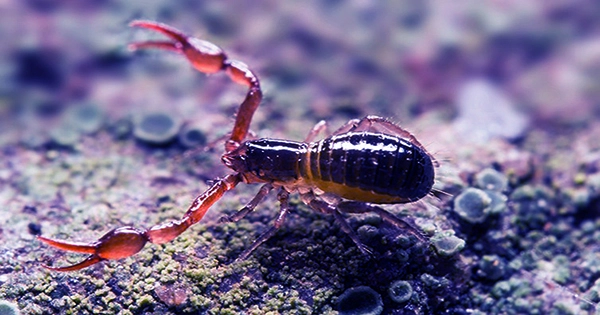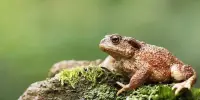Long before birds dominated the skies, a massive dragonfly-like beast held the record for the largest known insect of all time. This extinct beetle, known as Meganeuropsis permiana, had a wingspan of 71 centimeters (28 inches), roughly the size of a well-fed pigeon.
Meganeuropsis permiana remains revealed it resembled modern dragonflies, albeit they are not classified as true dragonflies. Instead, they are members of the extinct insect group Meganisoptera, also known as griffin flies.
They existed roughly 275 million years ago during the late Permian epoch when the Earth looked considerably different from what it does today. After Euramerica and Gondwana collided, all of the planet’s major landmasses merged into a single supercontinent known as Pangaea. While reptiles controlled the land, insects experienced a dramatic rise in diversity during this time.

Meganeuropsis is an insect genus divided into two species. Frank Carpenter, an American entomologist, and paleontologist identified Meganeuropsis permiana in 1939 based on a single incomplete specimen found in Elmo, Kansas. A few years later, he described Meganeuropsis americana, a similar but smaller species.
As you can undoubtedly guess from the sparse evidence, finding specimens of these insects is quite difficult. Because insects lack bones, they do not fossilize in the same manner as mammals, fish, birds, and reptiles.
There is a theoretical limit to how huge an insect can grow, and Meganeuropsis permiana appears to be approaching that limit.
For starters, they are constrained by their exoskeleton. As they grow, insects molt their exoskeleton, which can be an expensive procedure. The more energy and resources an insect requires to develop a new, larger exoskeleton, the larger it becomes.
Second, insects breathe very differently than birds, reptiles, and mammals. They breathe air through tracheae, which are small tubes that transport oxygen directly to their cells. As an insect develops in size, the air-filled tubes that supply oxygen to all of its cells become less efficient. Insects also have a very rudimentary metabolic system that struggles to keep up with their greater body size.
However, some related creatures can defy these norms. Arthropleura was the world’s largest millipede, reaching roughly 2 meters (6.6 feet) long and half a meter (1.6 feet) wide. They are not categorized as insects, however, because they do not belong to the Insecta class and instead belong to the Diplopoda class.
Meganeuropsis permiana holds the record for the world’s largest known insect, according to this taxonomy peculiarity.
















